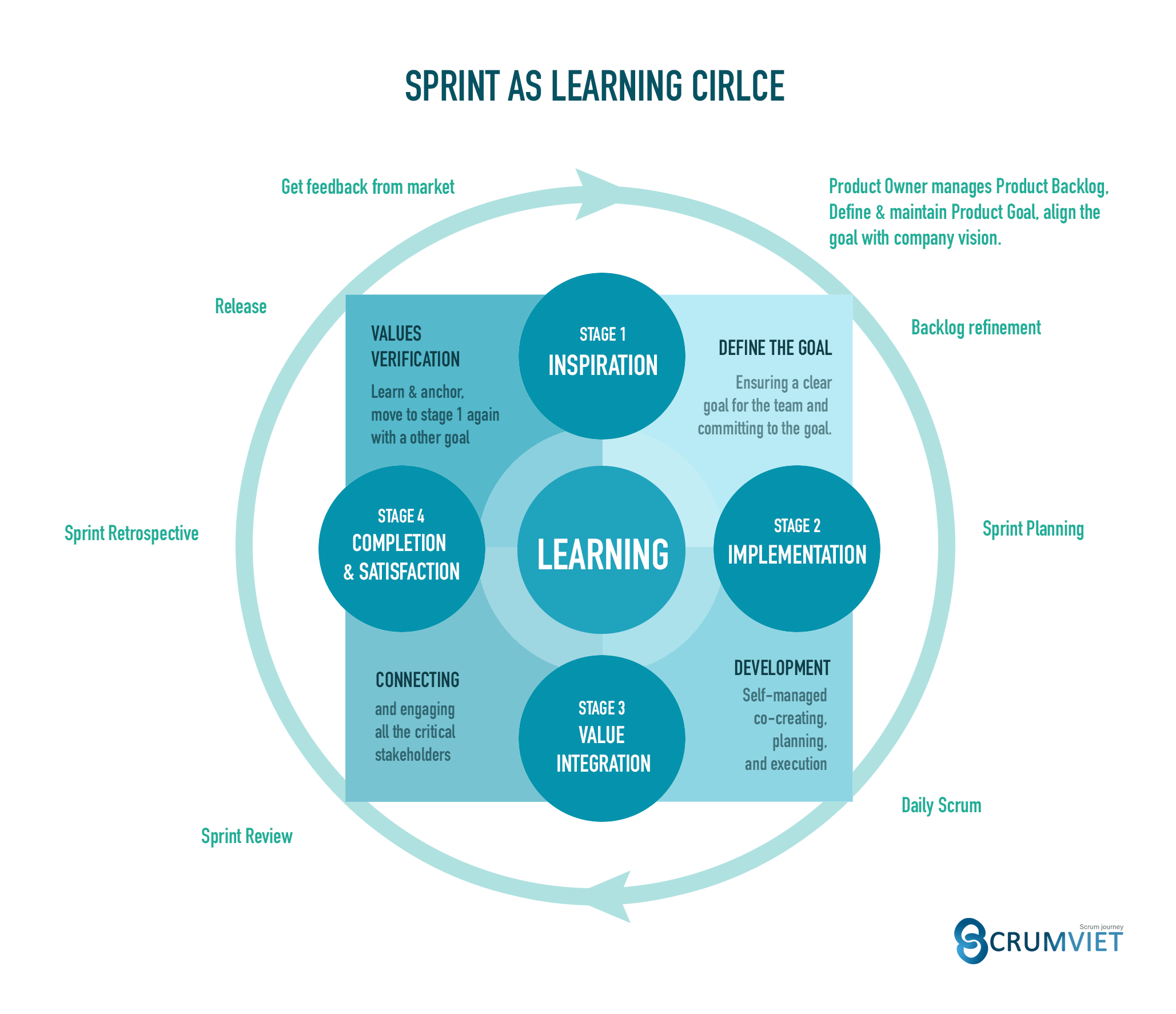The world runs more and more like an elite racer, fast and unpredictable. End-Users increasingly demand new values, making what is the best today quickly normal. As a result, businesses have to be quicker to find new value to delight users. The constant need to have unique values requires creativity, unprecedented ideas, and how to determine that is what the users need. It is not enough to only use the current knowledge and understanding to solve a complex problem, while "anticipating" changes and meeting customers' needs is more demanding than ever.
I used to tell a story about a drunk man, just trying to find his lost key under the lamp but not elsewhere. For the simple reason that there is light!? Similarly, opportunity in business today, like that lost key and light as current knowledge, and darkness as what you don't know. The opportunities can fall in the light and also in the dark. But if you only look for possibilities under the lights, everybody can do the same. So, to make a difference and stand out, you have to know how to change, find solutions, and innovate in places no one else knows about by starting to learn how to acquire opportunities in the dark.
In the era of V.U.C.A., there are fewer opportunities in the bright areas (the knowledge you already know) but more in the dark areas (where you don't know). So today, learning and the ability to learn are much more important than current knowledge. Because when you have the fastest way to learn and absorb, suitable for this era, you will be able to ride the wave of the V.U.C.A. Therefore, an organization with learning capacity is something that businesses should think about and pursue. In sort, The better your organization's learning capacity, the higher the chances of business success in the V.U.C.A.
Learning Organizations
A learning model is a must to build a learning organization/team. Identifying and creating learning loops and cycles within the learning model is extremely important. In this article, I would like to share a learning model that I applied to the teams, helping them learn and develop as follows:

- Stage 1 - Inspiration: This is the stage of determining the reason and the point of learning? What do we need to learn? What needs to be clarified? Why is that important to us? What value will we get from understanding this problem? Clearly defining goals and values makes it easier for the team to plan and strategize to achieve them.
- Stage 2 - Implementation: Once the goal is clearly defined and the value is received, the next stage will execute the work to achieve that goal. This stage may include defining smaller goal milestones, making a plan, and executing that plan.
- Stage 3 - Value Integration (Harvest): Once built and developed, it is time to review what worked and evaluate these values with different stakeholders. It could be with stakeholders looking at the results or putting these products in the hands of users to understand their satisfaction.
- Stage 4 - Completion & Satisfaction: After receiving feedback from stakeholders and users, the team together reviews/re-evaluate what was excellent and effective. What can you do better, learn from them?
- Back to Stage 1 - Continuing a loop, a new learning cycle.
Once in place, this loop helps the team take clear steps for learning and growth. Make the most of feedback, analysis, following goal setting, execution, and value harvesting, thereby delivering greater user satisfaction.
Example: A development team is looking to build a new craft beer with a taste that has never been on the market. The likelihood of product success is highly unpredictable. To maximize success and help the team build a product that everyone loves. The team applies this learning model where, through each iteration, the team develops an M.V.P. (minimum viable product), brings it to market, and tests it with users. Learn from the users, iterate the loop and improve it. That way, the team will learn more every day and get closer to building a craft beer that everyone will love.
Four stages of learning & Scrum
Speaking of which, you will be familiar with, and similar to, the Empiricism loop in Scrum, right? Yes, the stages of learning are based on Empiricism, so you will easily combine it with your Scrum team.
Here's an illustration of incorporating the learning loop into Scrum:

When applied in conjunction with Scrum, the Four-Stage of Learning and the Sprint are as follows:
- Stage 1 - Inspiration: The Product Owner continuously works with stakeholders and manages the Product Backlog, defining the Product Goal, aligning it to the organization's goals, with the Scrum team defining Sprint Goal.
- Stage 2 - Implementation: The Scrum team conducts product development and executes to have a Done Increment at the end of the Sprint.
- Stage 3 - Value Integration (Harvest): Scrum team conducts Sprint Review with stakeholders. Sprint Retrospective will take place during this period to look back and do better next Sprint.
- Stage 4 - Completion & Satisfaction: Release new value to the market, collect feedback from users, thereby learning, adjusting, adapting. The Product Backlog keeps updating.
Note: the release can happen anytime when it makes sense and meets the DoD.
Want to learn more about applying Scrum and getting this learning model in place for your team? Please contact Scrumviet or refer to Scrum courses from Scrumviet to learn more about Scrum and apply Scrum effectively.
